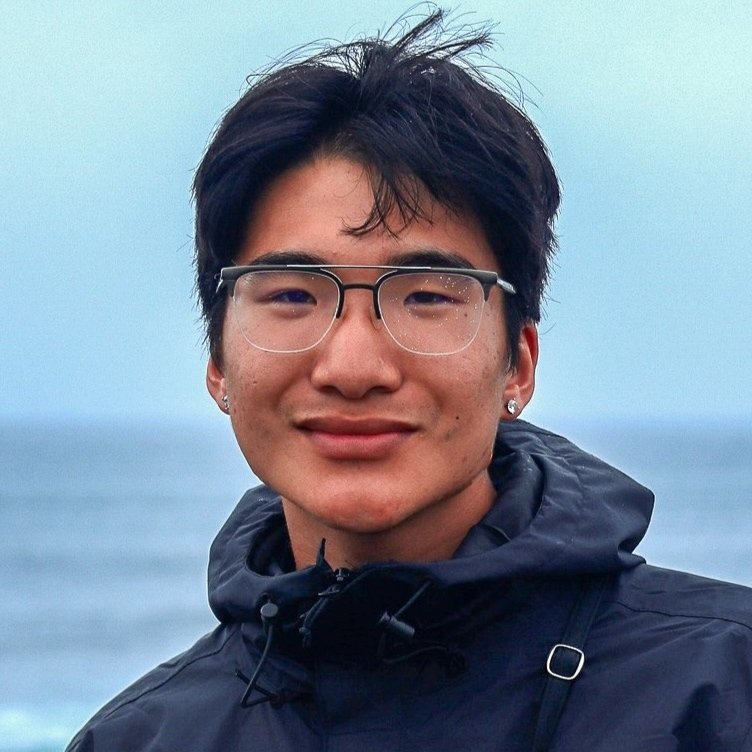The World of Public Art Institutions and its Relationship to Colonialism
Original artwork by Matthew Lambert
By Matthew Lambert
I have been an artist for many years of my life, including college, as I major in Visual Art at Wheaton College with a particular interest on how art intersects with race and racism. During my time at Wheaton, I have studied how race and racism has intertwined itself in many systems within the U.S. I have also been taught of the historically undeniable dominance of White individuals within the world of art and design, as well as the failures when trying to represent people of color. As an Asian-American art student, this both surprised me and opened my eyes to a new perspective of the field I had been studying for years of my life.
To start, the colonialist and eurocentric concept of a museum must be acknowledged. Museums began as the private collections of the early rich, resulting particularly from the colonization of many cultures around the world by white European men. It is a fact that many public art institutions from the British Museum to the Museum of Fine Arts, Boston (MFA), were built off the actions of colonialism.
This shows that even institutions as seemingly progressive as art museums were influenced and built by an overwhelmingly white lens that generates success from taking from others and objectifying cultures. That lasting structure and bias can especially be seen through the exhibitions that have been shown in the past. In 1969, The Metropolitan Museum of Art (the “MET”) presented a special exhibition titled “Harlem on my Mind:” The Cultural Capital of Black America, 1900-1968. “Harlem on my Mind” was an attempt to heal racial tension building up in NYC with the idea of centering the Black individual within one of the biggest museums in the U.S (D’Souza).
However, The MET’s goal to represent the Black individual during the peak of the Civil Rights Movement failed miserably. The exhibition's grand idea of representing the importance of Harlem was through stagnant, bleak, black and white photographs of the Black community. Missing from the exhibition was artwork made by Black artists/community, artwork made with colors, and three-dimensional artwork altogether (D’Souza). The exhibition itself sent messages in volume, portraying the Black individuals within the show as specimen-like cuts in time, void of the life, color, and artistic energy that was Harlem (Cooks). Without even meaning to, the photographs say “Black culture is static and in the past.” The exhibition choice to go with photographs over art made by Black Americans reads that Black Art is not worthy or on par with the standards of the prestigious MET.
This is just one example of how Black Artists were left out of public art institutions and or misrepresented completely. The concept of taking from cultures and identity groups and displaying without correct representation is the literal starting point of museums in history. And, while many museums have worked hard to weed out institutional racism and colonialism within, it is still important to acknowledge the history and starting place of these institutions since we can not learn from mistakes we do not acknowledge.
However, I believe there are many ways to improve museums and their relationship to their own history and biases. For one, museums should be reviewing their collections and returning items taken through colonization. Some have already taken this step, but taking accountability for colonial looting and having transparency towards institutional values must be the new standard. Another way museums can improve would be to thoroughly understand how they are representing cultures, and to do it appropriately and as a collaboration with that group.
Finally, museums should be giving artists of color spaces to tell their stories. Giving these opportunities means artists of color can choose what they are representing and explaining. It is often that artists of color finally find themselves in a public art setting, only to be followed by the expectation that they explain themselves (their identity, race, gender, etc.) and how they got there, which is exhausting when in the form of an almost “entertainment” like purpose. Museums and galleries offering room for artists of color without looking for explanations of their existence would be a step towards a healthier relationship between them.
Work Cited Cooks,
Bridget R. “Black Artists and Activism: Harlem on My Mind (1969).”
American Studies, vol. 48, no. 1, 2007, pp. 5–39. JSTOR, http://www.jstor.org/stable/40644000. Accessed 10 July 2023.
D’Souza, Aruna. Whitewalling Art, Race & Protest in 3 Acts. Badlands Unlimited, 2020.Matthew Lambert
Matthew Lambert is a student at Wheaton College, where he majors in Visual Art, and minors in the Political Economy. Matthew's current work centers around his identity as a Korean American, adoption, and one's relationship to home and displacement. Matthew's goal at NHCJE is to help build the visual foundation of the center that will result in meaningful change down the line.


